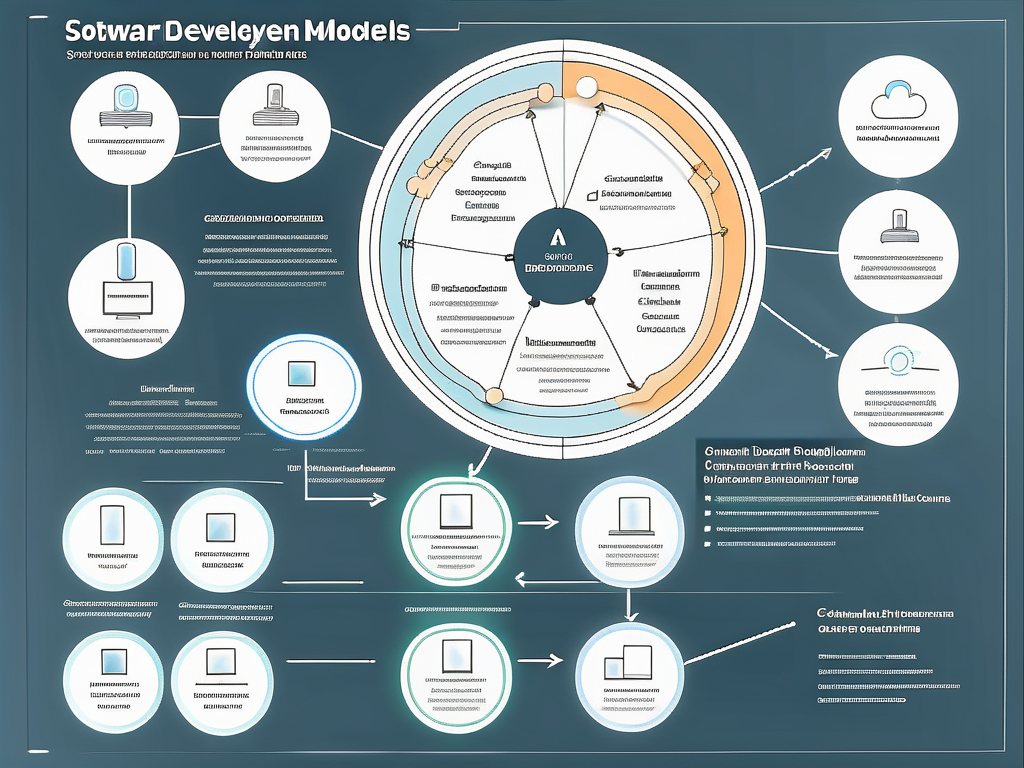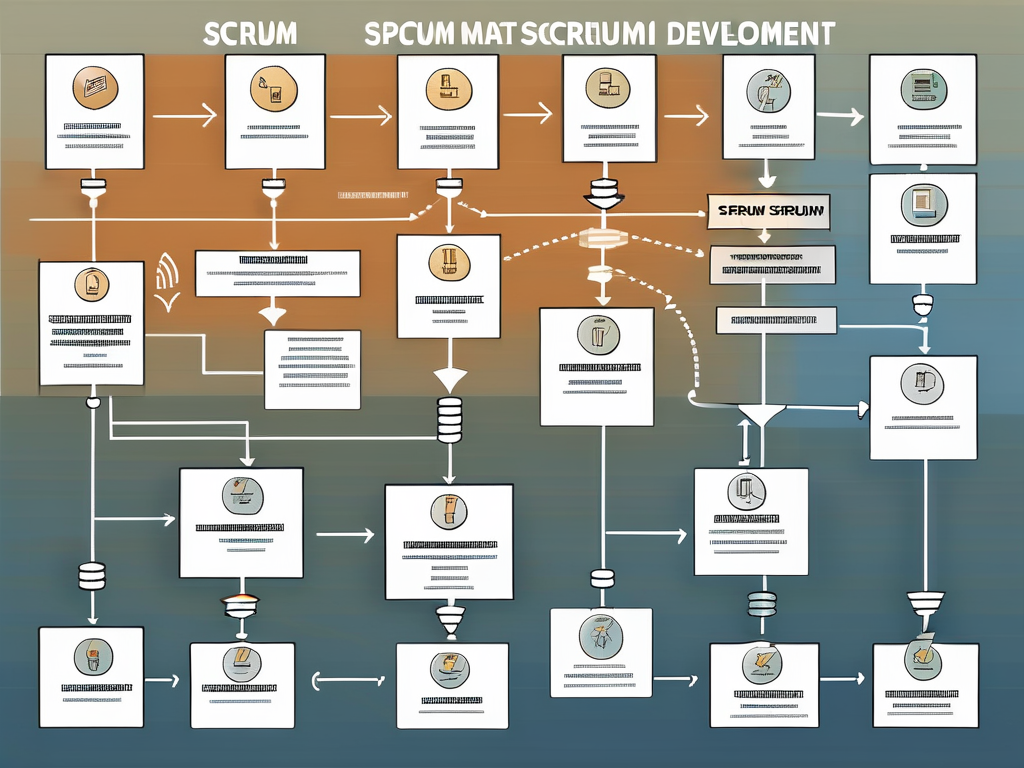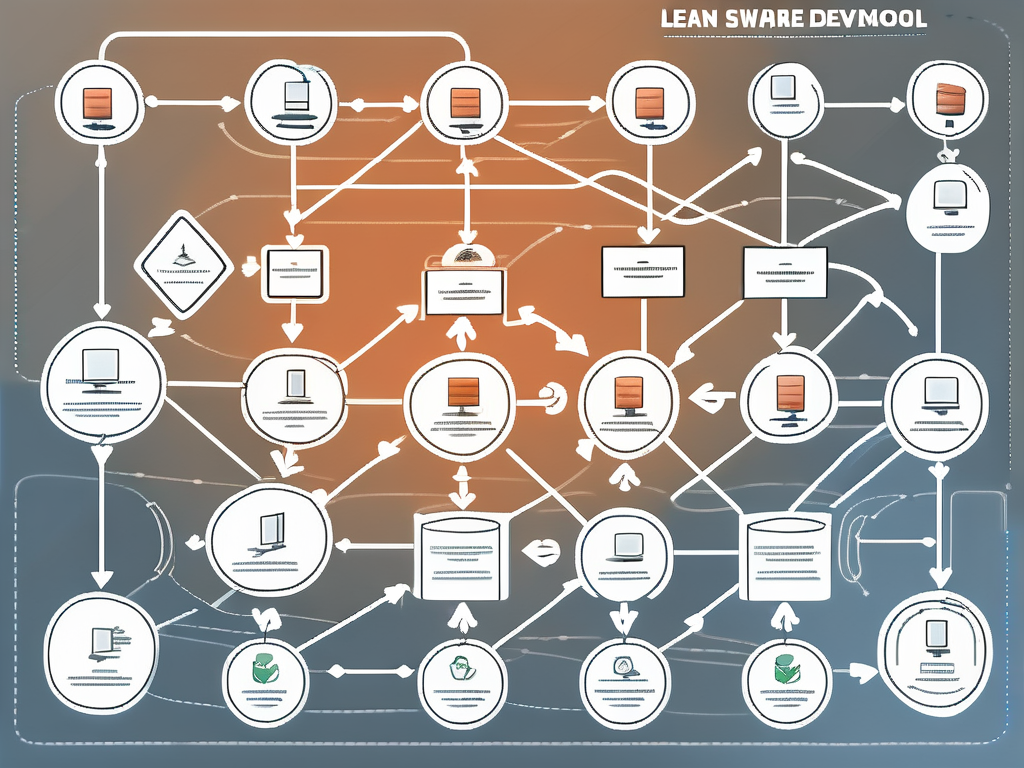Understanding Software Development Models
Software development models serve as the framework for planning, structuring, and controlling the process of developing an information system. By defining stages of development, responsibilities, and expectations, these models help teams avoid pitfalls and deliver successful software solutions.
The Importance of Choosing the Right Model
Choosing the right development model is crucial because it aligns project goals with methodologies that suit specific team dynamics and client requirements. A well-selected model can enhance team collaboration, improve time management, and ensure the final product meets user needs effectively.
Furthermore, the choice of a model impacts flexibility, scalability, and the overall risk associated with the project. A mismatch between the model and project objectives can lead to unnecessary complications and inefficiencies. For instance, adopting a rigid Waterfall model for a project that requires frequent changes can stifle innovation and responsiveness, while an Agile approach may not be suitable for projects with fixed requirements and tight regulations.

Factors to Consider When Selecting a Model
Several factors should influence the selection of a software development model. These include:
Project Scope: Understanding the complexity and size of the project helps determine the appropriate model.
Team Size: Larger teams may benefit from more structured models, while smaller teams might thrive in more flexible environments.
User Involvement: Projects that require ongoing user feedback may require iterative models, like Agile.
Time Constraints: Deadlines can dictate whether a quick, iterative approach is viable or if a thorough, methodical model is needed.
Each of these factors contributes to the overall effectiveness of the chosen model, guiding teams toward successful project completion. Additionally, the technological landscape and the tools available for development can also play a significant role in model selection. For example, the availability of robust DevOps tools may encourage teams to adopt Continuous Integration/Continuous Deployment (CI/CD) practices, which align well with Agile methodologies. Moreover, the experience level of the team members with specific models can further influence the decision, as familiarity can lead to smoother implementation and fewer obstacles during the development process.
The Waterfall Model
The Waterfall Model is one of the oldest and most traditional software development methodologies. It follows a linear and sequential approach, where each phase must be completed before the next begins. This model is straightforward and easy to understand, making it particularly appealing for projects with well-defined requirements and scope.
Key Features of the Waterfall Model
The Waterfall Model consists of several distinct phases:
Requirements Analysis: Gathering and documenting the requirements.
System Design: Designing the architecture and components of the system.
Implementation: Writing the code according to the specifications.
Testing: Verifying that the system meets the defined requirements.
Deployment: Releasing the complete product to users.
Maintenance: Performing updates and fixing issues as needed.
Each phase of the Waterfall Model must be completed before moving on, which can lead to challenges if there are any changes in requirements during the process. This rigidity can be a double-edged sword; while it ensures that each step is thoroughly completed, it can also result in significant delays if any unforeseen issues arise. Additionally, the model's linear nature means that feedback from later stages may not be incorporated until much later, potentially leading to a product that does not fully meet user needs.
Pros and Cons of Using the Waterfall Model
The Waterfall Model offers several advantages:
Clear structure, making it easy to manage and understand.
Defined timelines and deliverables create accountability.
Documentation at every stage allows for thorough record-keeping.
However, it also has its drawbacks:
Inflexibility, as requirements cannot change once a phase is completed.
Late testing means that issues may not become apparent until the end of the cycle.
It may not be suitable for complex projects with evolving requirements.
Moreover, the Waterfall Model is often criticized for its lack of adaptability. In fast-paced environments where user feedback is crucial, the inability to revisit earlier stages can lead to a disconnect between the final product and user expectations. This is particularly evident in industries such as technology and software development, where rapid iterations and agile methodologies have gained popularity. The Waterfall Model can also result in a longer time to market, as all phases must be completed in sequence, which may hinder competitiveness in a landscape that increasingly values speed and flexibility.

The Agile Model
The Agile Model embraces an iterative and incremental approach to software development. It promotes collaboration, flexibility, and customer feedback throughout the entire process, which helps to better accommodate changes.
Defining the Agile Model
Rather than following a linear path, Agile development involves breaking the project into smaller, manageable units, called sprints. Each sprint lasts a few weeks and typically results in a working software increment that can be tested and reviewed by stakeholders.
This model emphasizes direct collaboration with users and the frequent reassessment of the project, allowing teams to pivot as necessary based on feedback. Agile methodologies, such as Scrum and Kanban, provide frameworks that help teams organize their work and prioritize tasks effectively. Scrum, for instance, includes roles like the Scrum Master and Product Owner, who facilitate the process and ensure that the team remains focused on delivering value. Meanwhile, Kanban emphasizes visualizing work in progress, which can help teams identify bottlenecks and improve efficiency.
Advantages and Disadvantages of the Agile Model
The Agile Model offers notable benefits:
High adaptability to changes in requirements.
Frequent user feedback enhances product quality.
Improved team collaboration fosters a sense of ownership.
However, it also has challenges:
Less predictability in terms of scope and timelines.
Requires a high level of customer involvement.
Potential for scope creep due to the model’s flexibility.
Moreover, the Agile Model can sometimes lead to difficulties in scaling, especially for larger organizations or complex projects. As teams grow, maintaining effective communication and collaboration can become challenging, potentially leading to misunderstandings or misalignment on project goals. Additionally, the need for continuous customer engagement can strain resources, particularly if stakeholders are not readily available or if their feedback is inconsistent. This dynamic interplay between flexibility and structure is what makes the Agile Model both appealing and complex, requiring teams to strike a careful balance to maximize its potential.
The Scrum Model
Scrum is an Agile framework specifically designed to facilitate collaboration and improve the productivity of teams. It focuses on delivering small increments of a project, allowing for rapid adjustments based on user feedback.
An Overview of the Scrum Model
In Scrum, teams work in defined roles—such as the Scrum Master, Product Owner, and Developers—each responsible for different aspects of the project. The development process encompasses sprints, meetings, and various ceremonies designed to keep everyone aligned and informed.
The transparent nature of Scrum whereby the team regularly reviews progress helps in identifying potential roadblocks quickly and adapting to changes efficiently.
Strengths and Weaknesses of the Scrum Model
Scrum provides significant advantages:
Enhanced engagement and motivation among team members.
Frequent deliveries contribute to continuous improvement.
Promotes accountability through defined roles and regular check-ins.
Nonetheless, there are potential downsides:
Requires experienced team members who understand Scrum principles.
Frequent meetings may be perceived as a burden.
It can be misapplied, leading to inefficiencies if not tailored correctly.

The Lean Model
The Lean Model focuses on maximizing customer value while minimizing waste. It's derived from Lean manufacturing principles but is highly applicable to software development, emphasizing efficiency and optimization in processes.
Understanding the Lean Model
In essence, Lean development seeks to streamline project workflows and eliminate steps that do not create value. By prioritizing work that enhances the customer experience and continuously reflecting on how to improve, teams can deliver higher quality products more effectively.
Lean encourages ongoing evaluation of processes, collaboration, and a culture of learning within the team. This adaptive approach is increasingly relevant in today's fast-paced development environments.
Benefits and Drawbacks of the Lean Model
There are several benefits to adopting the Lean Model:
Increased efficiency through the elimination of waste.
Promotes a culture of continuous improvement.
Enhanced focus on customer value and satisfaction.
However, challenges may include:
Requires a shift in mindset, which can be difficult for teams used to traditional models.
Potential for uneven workload distribution if not managed properly.
The need for robust metrics to measure progress and value efficiently.
By understanding and utilizing these popular software development models, teams can improve their processes and outcomes, increasing their chances of successfully delivering high-quality software projects.
As you explore the best software development models to streamline your team, remember that the right agency or service provider can make all the difference. Refetrust is here to assist you in this crucial step. Our comprehensive database and verified reviews help you compare and select partners that align with your development model choice, saving you time and accelerating your growth. With our customer-centric approach and strategic growth support, you can confidently navigate the B2B marketplace and find the perfect match for your project needs. Ready to enhance your software development journey? Find Agencies today and take the first step towards optimized operations and success.





